Landis Field
Lincoln Nebraska
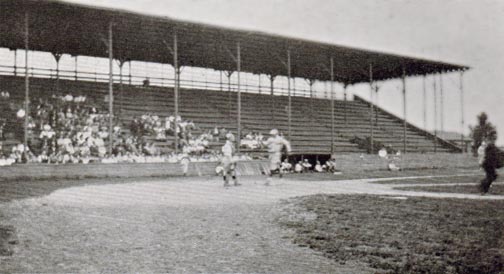
|
| All images courtesy Dan Bretta |

|
| All images courtesy Dan Bretta |
Buck Beltzer stepped in and built a stadium near 2nd and P Streets in Lincoln. He named it Landis field after Kenesaw Mountain Landis, the first commissioner of Major League Baseball.
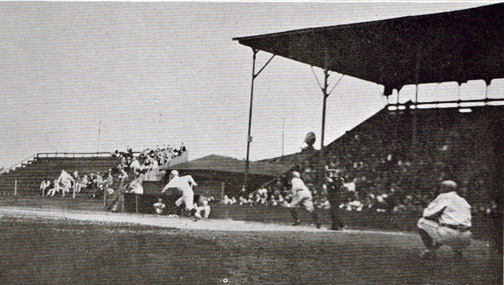
Buck built the park with the hope that they could eventually get Lincoln back into the Western League. The 1922 season was a successful one as Lincoln placed second in the league. The 1923 season saw Lincoln in 1st place.
The winter of 1923 was an interesting one for Lincoln baseball fans. The Sioux City franchise in the Western League was floundering and there was a move to move the franchise to Lincoln. Omaha owner Barney Burch led a group of owners in paving the way for Lincoln to get back into the Western League. They did not want Buck Beltzer as owner but since Buck built Landis field negotiations were tricky. Eventually, Buck was locked out of the Western League. His Nebraska League franchise was disbanded. The Nebraska League tried to morph into the Tri-State league for 1924 but the league failed.
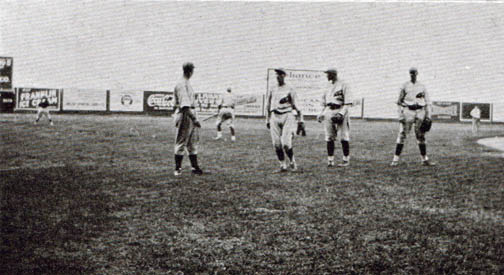
Lawrence Arnold from Los Angeles bought the Links in June of 1924. Lincoln was terrible in 1924, finishing 57-108, 46 1/2 games out of first. They improved in 1925 but still finished last with a 70-91 record. They crawled out of the cellar in 1926 but still lost 101 games and were 36 games out of first at the end of the season. 1927 saw them back in last place, more than 37 games out of first. Lincoln was replaced by Pueblo for the 1928 season.
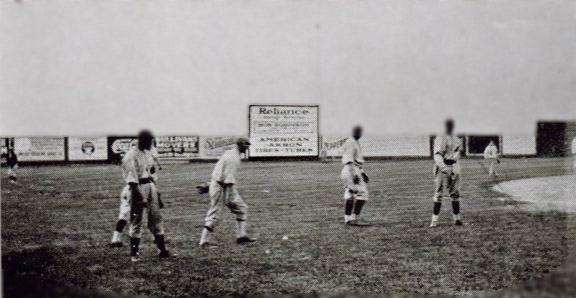
With Lincoln out of the Western League, Buck Beltzer went to work to resurrect the Nebraska State League. The new league was set up as a "rookie" league, with the manager being the only player allowed to have experience in a higher league. The league also pooled all revenues through the league president. Each town had to invest $2,000 to join the league. Buck was named president of the league. He bought 18 automobiles to provide transportation for the teams.
Lincoln managed a second place finish in 1928. They had a season attendance of 13,035 with an average of 782 fans for Sunday games.
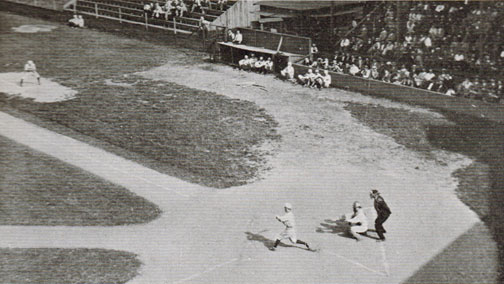
The first night game at Landis was played on May 19th 1930. The Giant Manufacturing Company of Council Bluffs Iowa installed the lights for the 1930 season. It was claimed that this was the first night game for a class "D" league. The depression wreaked havoc on organized baseball and many minor leagues folded in the 1930's.
The NSL survived the depression. Their unique financial structure, the establishment of the "farm" system by the St. Louis Cardinals and night baseball all contributed to their ability to stay afloat.
In 1939, the Nebraska State League changed their name to the Western League. The class "A" Western League folded due to the depression. The new Western League was a class "D" league. This would be the last year for organized baseball in Lincoln until after the war.
After World War II, Lincoln returned to the class "A" Western League. A new stadium, Sherman Field was built at 1st and South Street. Landis field is now just a memory.
Baseball Fields of Nebraska Home
Nebraska Minor League Baseball Home
© 2009 Bruce Esser